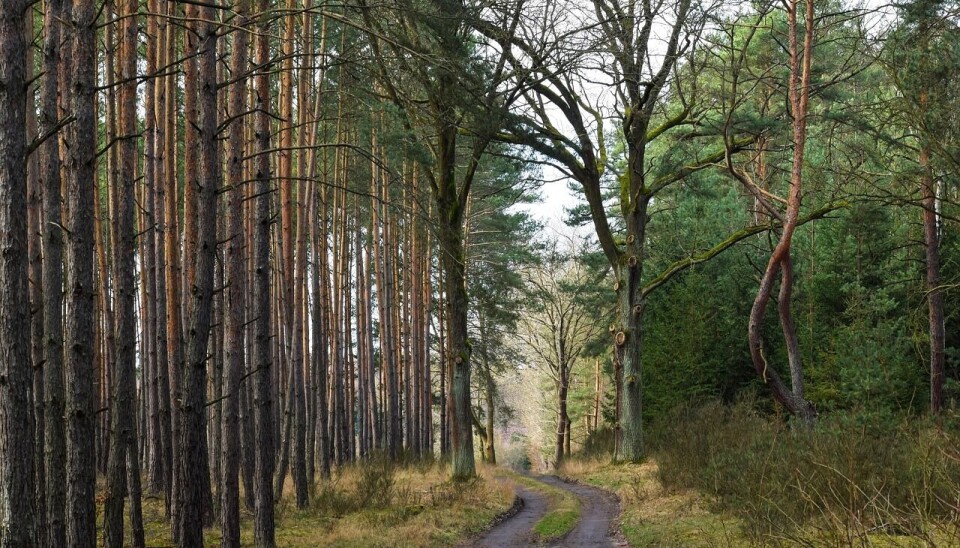Long Beach Arborists Hold Tree Planting Workshop Sunday

Now that we’ve stepped forth into spring — and Earth Month — the moment has arrived to think about how you embrace the season — and months ahead of being fully present in our natural world. Specifically in your personal environment.
Give some thought to the way in which you want your yard to serve your family, pets and wildlife. Maybe you’re aiming to have the best yard on the block or expand your entertaining options. Perhaps your kids or pets could use a better play space.
Spring and backyarding — the act of bringing indoor activities such as dining, entertaining, even exercising, out into our backyards — surely go hand in hand.
A little planning and preparation now can mean colorful flowers, fresh crops and beautiful garden scenery later down the line. Good gardening starts long before you sow the first seed, so let’s get started!
“With the season’s first signs appearing, this is surely the time to get your garden ready for a great season,” garden design expert Fiona Jenkins says.
She offers some common-sense advice on creating a low-maintenance garden full of beautiful, healthy plants all year round without taking your time away from the other things life throws at us.
Limit flowerbed size and plant variety
When considering the size of your flowerbeds, the smaller ones are better if you are looking for a low-maintenance solution, as larger ones will require a lot more initial planting and upkeep.
“Sticking to flower beds that are only one to two feet wide will make them much more manageable,” Jenkins says.
Once you have set the size, think about what plants you want to put in them. Jenkins suggests limiting the variety of your plants to around five different ones. This way, you will easily learn and memorize the requirements of each, and caring for them will be a lot simpler.
Simple, low-maintenance plants are ideal to start with, especially for those who have little spare time or don’t feel very confident in gardening. Hardy perennials such as geraniums and peonies, as well as evergreen shrubs, are great options as they can survive the winter frost and won’t need replanting every year.
“Once settled in, these plants can bring years of color and beauty to your garden,” Jenkins notes.
“There are other factors to consider, such as how often a plant will need feeding, watering, and pruning — only purchase a plant when you are certain you can keep on top of its needs.”
Invest in good soil and mulch
Good quality, rich, organic soil allows plants to thrive with minimum need for frequent watering and fertilizing. Add organic matter such as compost to your soil yearly, which you can even make yourself.
“Mulching is a great way of protecting your soil and making it last longer by helping to maintain moisture levels and prevent weeds from growing,” she advises.
A layer of organic materials such as bark chips, dead leaves or compost will improve soil as it breaks down.
Invest in hard landscaping
Hard landscaping, such as decking or paving, elevates your outdoor space and helps to define different areas of your garden. It forms the backbone of a well-designed yard, providing structure and aesthetic appeal.
One of the most popular choices for hard landscaping these days is omposite decking, which offers a sleek, modern look while being durable and low-maintenance. Unlike traditional wooden decking, composite boards resist fading, warping and moisture damage, meaning you won’t need to worry about sanding, staining, or sealing them over time. This makes them an excellent long-term investment to create an elegant yet practical outdoor area.
If you prefer paving, consider materials such as natural stone, concrete or even porcelain tiling, all of which provide a clean and sophisticated finish.
Beyond aesthetics, hard landscaping also contributes to functionality. Paved walkways make navigating your garden easier, while decking extends your living space outdoors. For an added touch of luxury, consider incorporating built-in lighting into your design, illuminating paths and seating areas for a cozy ambiance during the evenings.
Also consider adding a lower-maintenance rock garden. “This feature will look very visually appealing if done correctly and will pretty much take care of itself, “ according to Jenkins.Achieving the look of a stunning rock garden is simple: plant some alpine plants and succulents and surround with a mix of larger rocks and smaller pebbles to cover the soil completely.“This will bring interesting textures to your garden space,” Jenkins adds.
Make use of raised beds
Utilizing raised beds, whether on top of your existing soil or over hard landscaping, can give you more control over your plants.
“A raised flowerbed will stop them from spreading out of control and add a focal point of interest to your garden,” Jenkins says.
Embrace the wild
Another interesting option, which certainly cuts down on lawn maintenance, is to embrace what Jenkins describes as the “wild look.”
“This isn’t to say you should let it grow completely out of control, but your garden can look beautiful with the aesthetic of a grassy meadow rather than an urban space,” she says.
To enhance this effect, try sprinkling some wildflower seed mixes onto your grass. These flowers won’t need any maintenance, come in a range of beautiful colors, and are a real treat for our beloved garden friends, such as bees and butterflies.


















